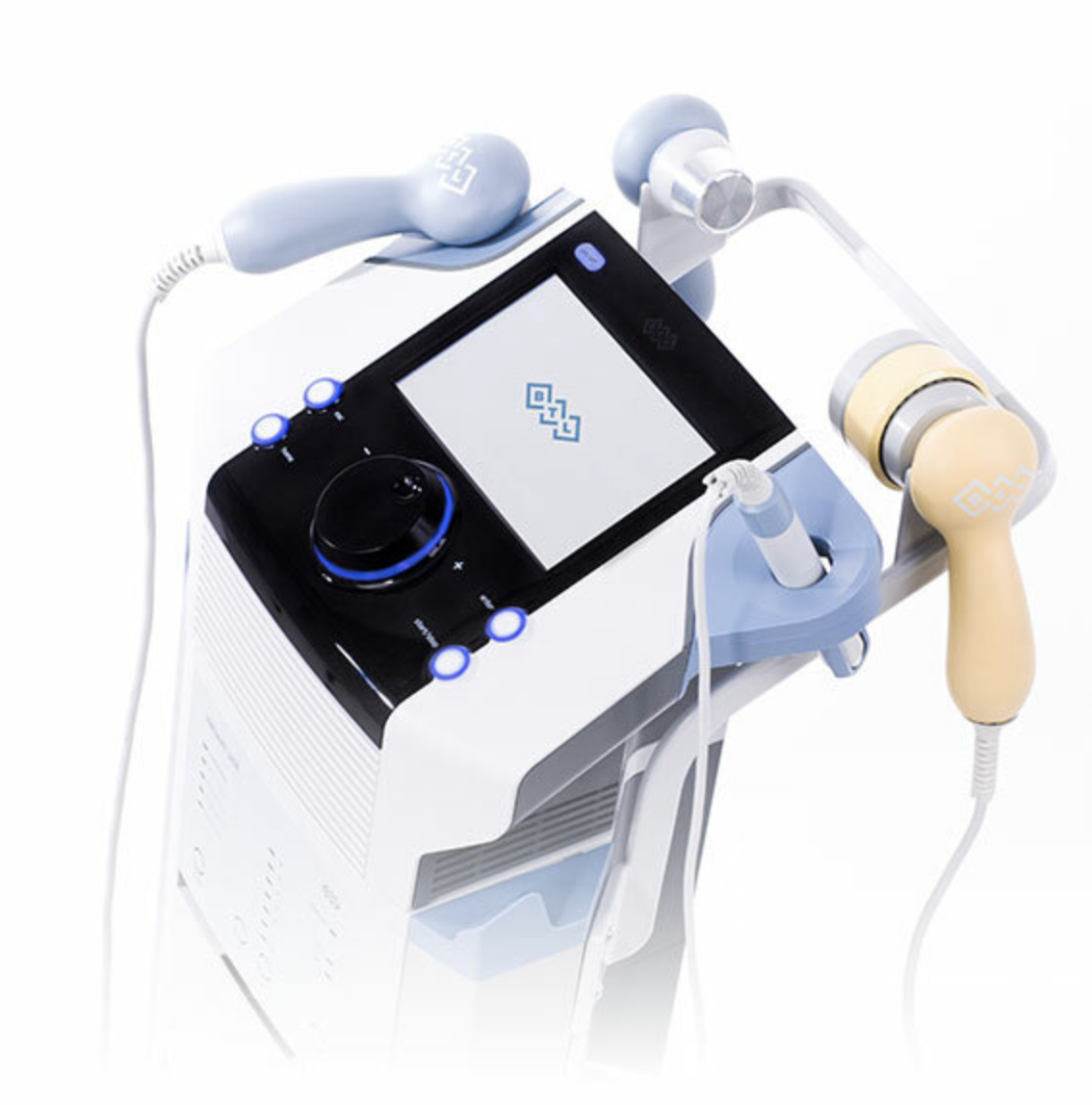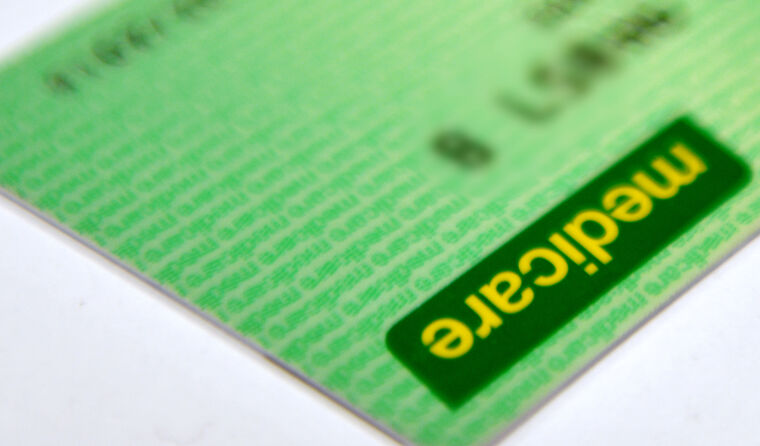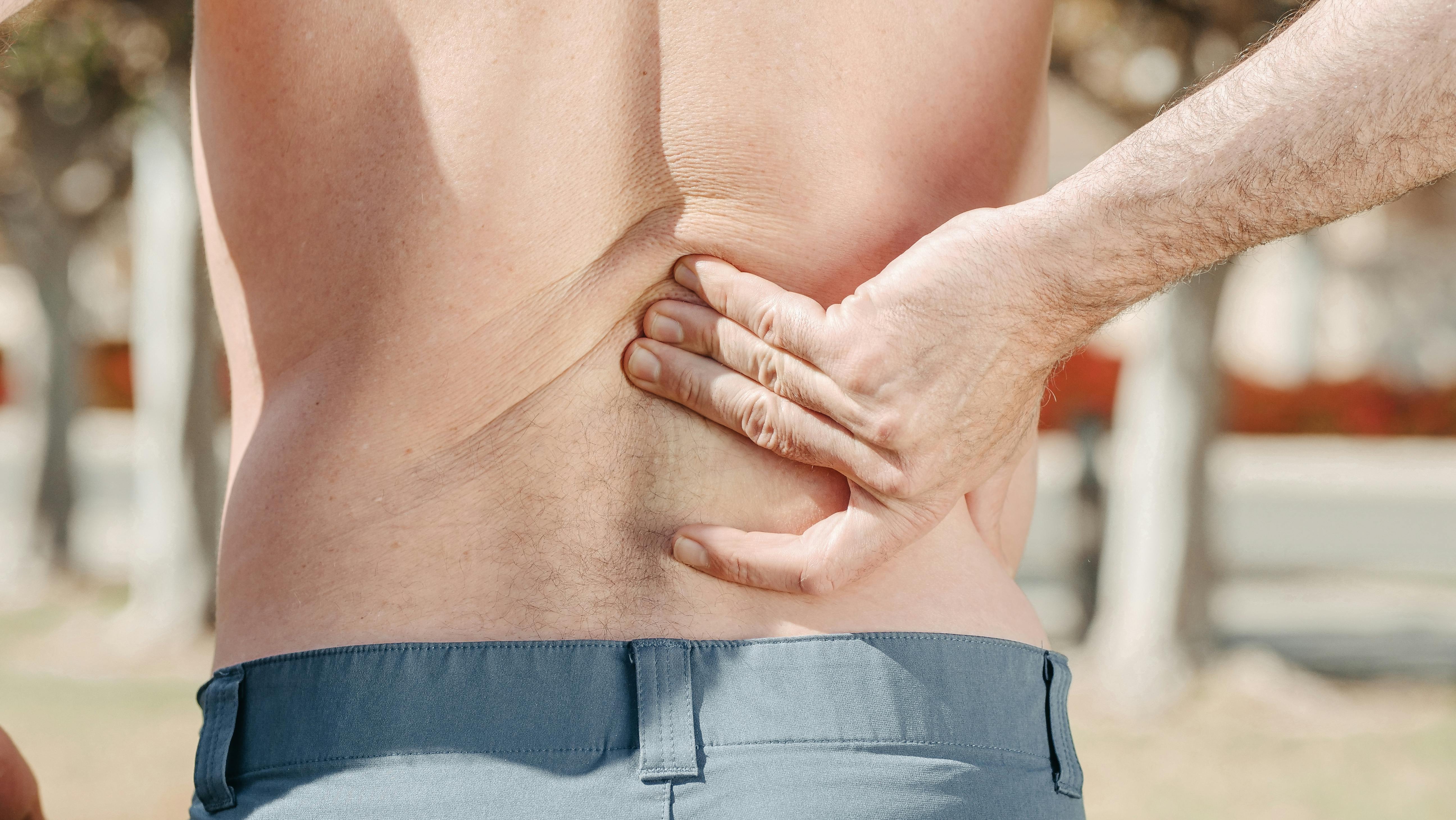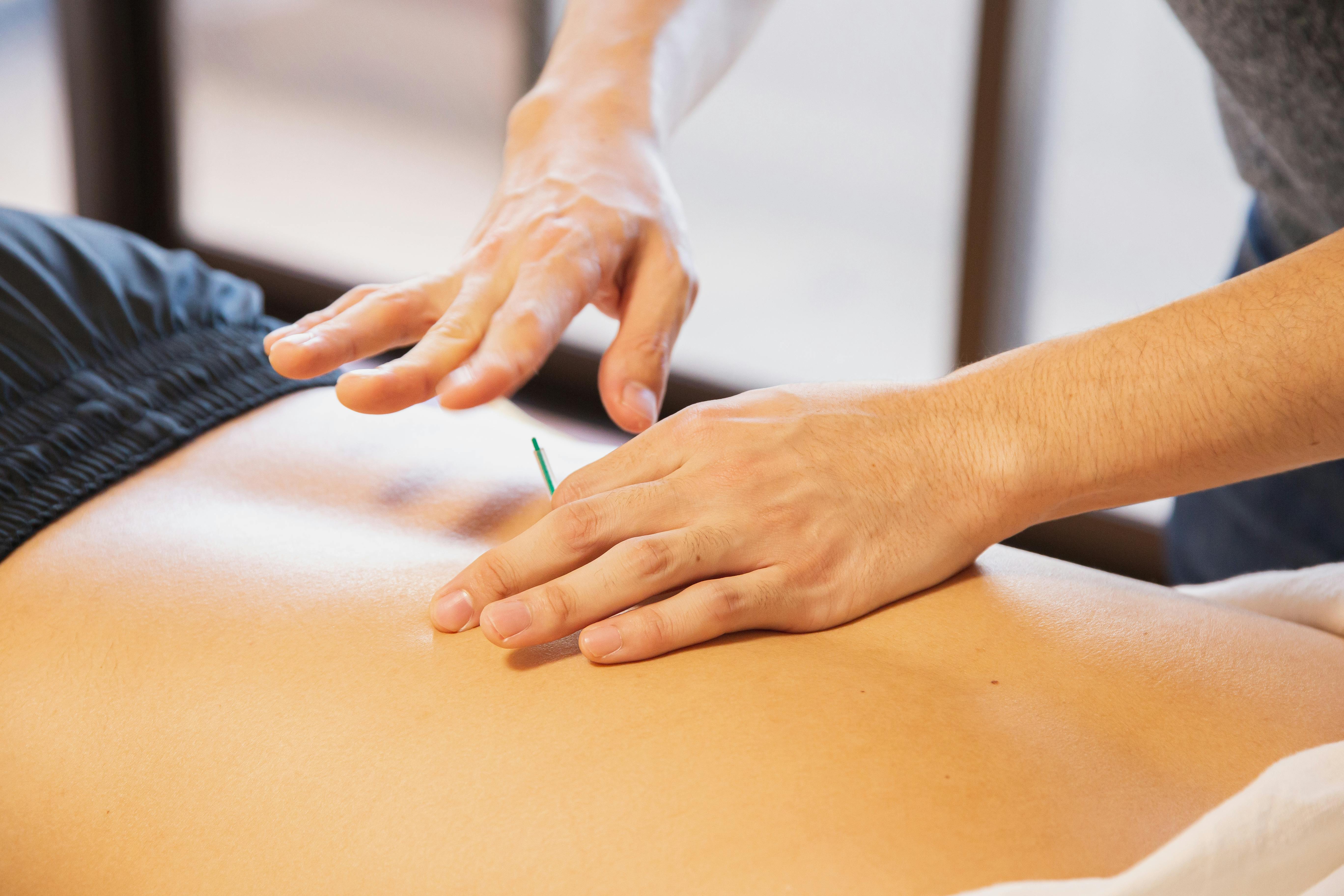Welcome to the Future of Healing (With a Healthy Dose of Curiosity)
If you’ve ever thought “ultrasound” was just for pregnancy scans, you’re not alone—but it's so much more than that. At UpPlus Physiotherapy, conveniently located on Port Road in Queenstown, we’ve just introduced a powerful tool to help with your recovery: BTL Therapeutic Ultrasound.
But let’s take a step back—does it really work? And how is it different from what they use to look at babies?
Whether you're from Queenstown, Woodville, Cheltenham, Port Adelaide, or West Lakes, keep reading—we’re answering all your questions, without the jargon overload.
Wait… Isn’t Ultrasound Just for Scans?
Great question! There are actually two types of ultrasound:
- Diagnostic Ultrasound: This is the one most people know—used to create images of organs, tissues, or those adorable baby scans.
- Therapeutic Ultrasound: This is what we use in physiotherapy. It doesn’t create images—it uses low-frequency sound waves to enter soft tissue and promote healing, improve blood flow, or warm up tight muscles and tendons.
Therapeutic ultrasound has been a mainstay in physiotherapy clinics since the 1950s. If you’ve ever had gel slathered on your skin and felt a cool wand moving around an achy shoulder or knee, chances are you’ve experienced it.
So… Does It Actually Work?
This is where we get real. Therapeutic ultrasound’s mechanism of action is essentially to vibrate the tissues, generating a gentle internal heat (like when you rub your hands together quickly). This warming can increase tissue extensibility—meaning the tissues stretch more easily—and potentially reduce stiffness.
But here's the twist: while ultrasound does warm tissues, the research on whether it directly promotes healing or speeds up recovery is… well, mixed. Some well-performed studies have shown limited or no functional gains compared to things like active warm-ups or manual therapy.
That said, it’s not completely useless, and here's why we still use it (and how it’s backed by evidence in certain scenarios):
Where Ultrasound Shines at UpPlus Physiotherapy
Despite the debate, we’ve found it helpful for several specific conditions—especially when combined with other active rehab strategies. Here are some evidence-supported scenarios where we use it:
- Tendonitis (Achilles, tennis elbow, patellar)
- Ligament sprains
- Muscle strains
- Frozen shoulder
- Plantar fasciitis
- Myofascial pain
- Bursitis
- Post-surgical scar management
- Mild joint contractures
Plus, a neat bonus? Therapeutic ultrasound can sometimes help screen for stress fractures. When applied to an area with a possible stress fracture, it can cause localized discomfort, giving us more insight before we refer you for further imaging. (Yes, this is actually something physiotherapists are trained to observe!)
Also... full disclosure? Combo units were on sale when we were upgrading our tech. But hey—we’re all about getting more value for you. 😄
Ultrasound vs. Movement: What’s Better?
We’ll always be transparent: an active warm-up is generally better than passive heating like ultrasound when it comes to improving blood flow and preparing your body to move. That’s why we rarely use ultrasound as a stand-alone treatment.
Instead, we use it as part of a comprehensive plan—to complement hands-on therapy, stretching, strengthening, and education.
Our Take at UpPlus Physiotherapy: It’s a Tool, Not a Magic Wand
Ultrasound isn’t a cure-all. It won’t make a torn tendon magically repair itself. But when applied correctly, at the right stage of healing, and for the right condition, it can enhance what we’re already doing to help your body recover.
> 📚 A study published in *Clinical Rehabilitation* (Celik et al., 2020) noted improved pain and function outcomes in chronic tendinopathies using therapeutic ultrasound as part of a combined treatment plan.
Another research review in the *British Journal of Sports Medicine* found that ultrasound had a measurable effect on tissue temperature and flexibility, which may enhance rehabilitation outcomes in certain musculoskeletal injuries.
(Robertson et al., 2001)
What Does It Feel Like?
Most people say it feels like a gentle, warm massage under the skin—sometimes you don’t feel much at all. We apply a conductive gel (yes, that classic goopy stuff) and glide a small metal-tipped transducer over the area for 5–10 minutes.
And if you’re still curious about what’s happening beneath the surface? We love a good chat about biomechanics, tissues, and recovery science.
Want to Talk More About Ultrasound?
We're happy to explain more about this therapy, how it fits into your treatment plan, or even why we still keep the machine around.
📍 Visit us at 109 Port Road, Queenstown, SA 5014
📞 Call: 0403 907 587
📧 Email: physio@upplus.com.au
🌐 Learn more: www.upplus.com.au
References:
- Celik, D., et al. (2020). The efficacy of therapeutic ultrasound in soft tissue disorders: A randomized clinical trial. *Clinical Rehabilitation*, 34(3), 299-307.
- Robertson, V. J., et al. (2001). Clinical effectiveness of therapeutic ultrasound in physiotherapy. *British Journal of Sports Medicine*, 35(2), 132-138.
- Baker, K. G., et al. (2001). A review of therapeutic ultrasound: effectiveness studies. *Physical Therapy*, 81(7), 1339–1350.
- Watson, T. (2008). Ultrasound in contemporary physiotherapy practice. *Ultrasound*, 16(3), 135–140.






